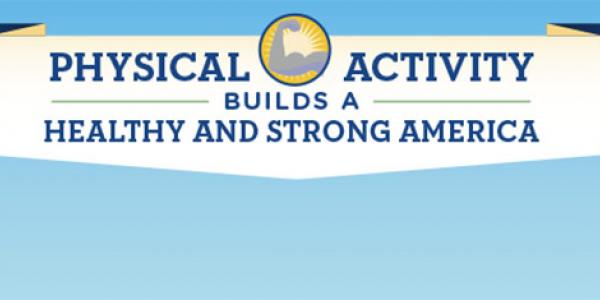CDC Physical Activity Guidelines for Americans

The U.S. Department of Health and Human Services has issued a new edition of the Guidelines to describe the amounts and types of physical activity needed to maintain or improve overall health and reduce the risk of chronic disease.
Physical activity is key to improving the health of the Nation. Based on the latest science, the Physical Activity Guidelines for Americans is an essential resource for health professionals and policy makers that provides recommendations on how everyone can improve their health through regular physical activity. Learn ways to help people understand the benefits of physical activity and how to make it a part of their regular routine.
- Adults should move more and sit less throughout the day. Some physical activity is better than none. Adults who sit less and do any amount of moderate-to vigorous physical activity gain some health benefits.
- For substantial health benefits, adults should do at least 150 minutes (2 hours and 30 minutes) to 300 minutes (5 hours) a week of moderate-intensity, or 75 minutes (1 hour and 15 minutes) to 150 minutes (2 hours and 30 minutes) a week of vigorous-intensity aerobic physical activity, or an equivalent combination of moderate- and vigorous-intensity aerobic activity. Preferably, aerobic activity should be spread throughout the week.
- Additional health benefits are gained by engaging in physical activity beyond the equivalent of 300 minutes (5 hours) of moderate-intensity physical activity a week.
- Adults should also do muscle-strengthening activities of moderate or greater intensity and that involve all major muscle groups on 2 or more days a week, as these activities provide additional health benefits.
For the full report, visit the CDC's website at:
https://health.gov/sites/default/files/2019-09/Physical_Activity_Guidelines_2nd_edition.pdf





